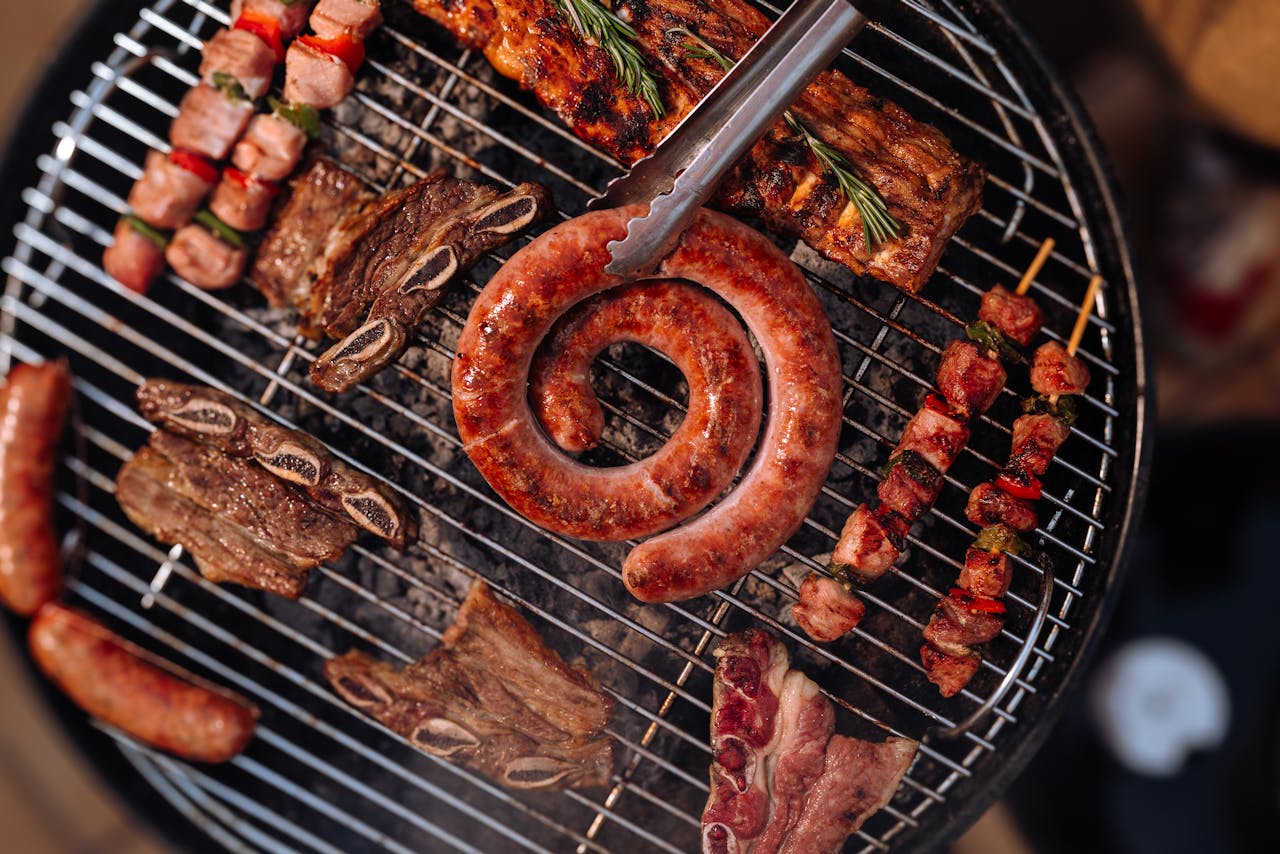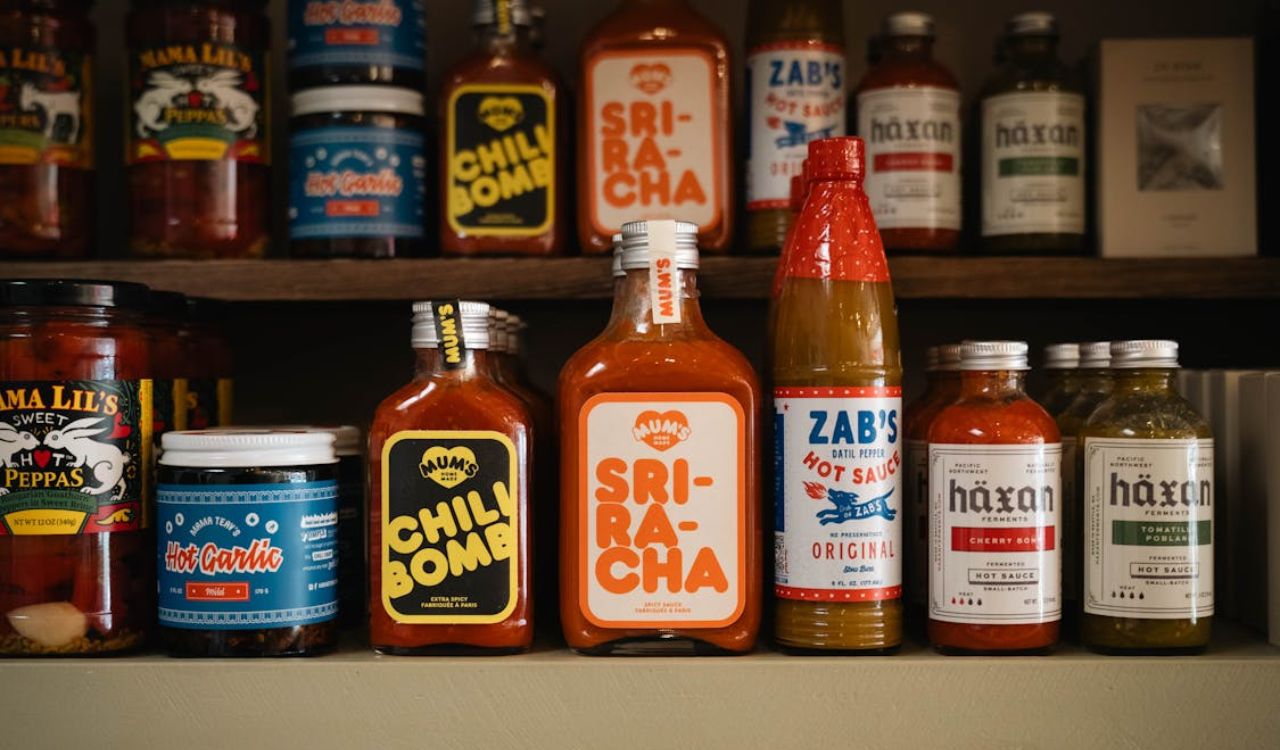10 Beloved Baby Boomer Foods Disappearing from American Tables

Baby Boomers came of age when food was basic, comforting, and consistently delivered in bigger-than-my-head proportions. For a lot of us, these are foods that remind us of family dinners or neighborhood barbecues and parties. But, as the years go on, many of these dishes that were once ubiquitous across America are becoming increasingly rare. Some dishes are going the way of stovetop cookery and carb-loading as tastes change, a new health trend emerges, or convenience continues its inexorable march. Here are 10 near-nostalgia Baby Boomer foods that are disappearing from the American culinary scene one sandwich at a time.
1. Jell-O Salads
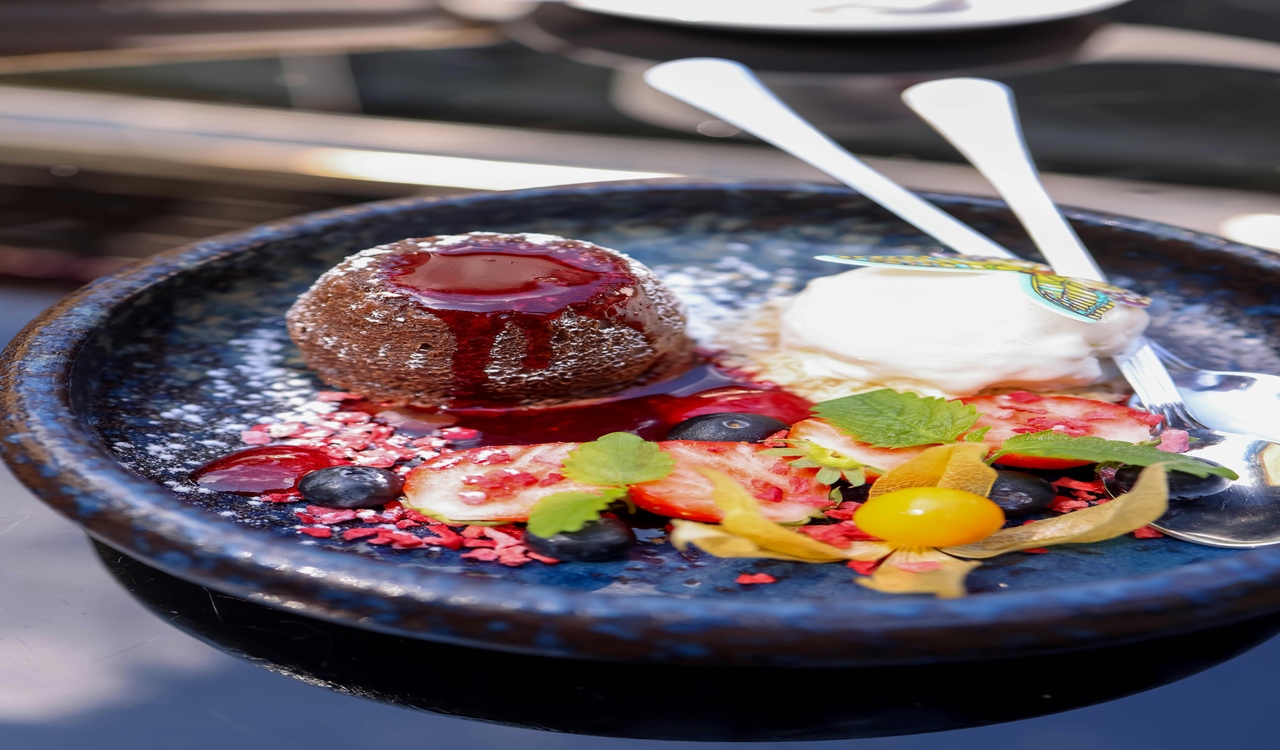
Jell-O salads were a mainstay at a lot of Baby Boomer events, particularly in the 1950s and 1960s. These gelatin concoctions were often a mix of fruits, vegetables, and whipped cream, creating something that was neither sweet nor savory enough. Bright, wobbly salads graced the tables at family reunions, church picnics, and holiday dinners. Now, however, all we see is a fad of healthy, minimalistic salads. While you can still find American households serving Jell-O today, the gelatin salad is no longer prevalent.
2. Canned Tuna Casserole
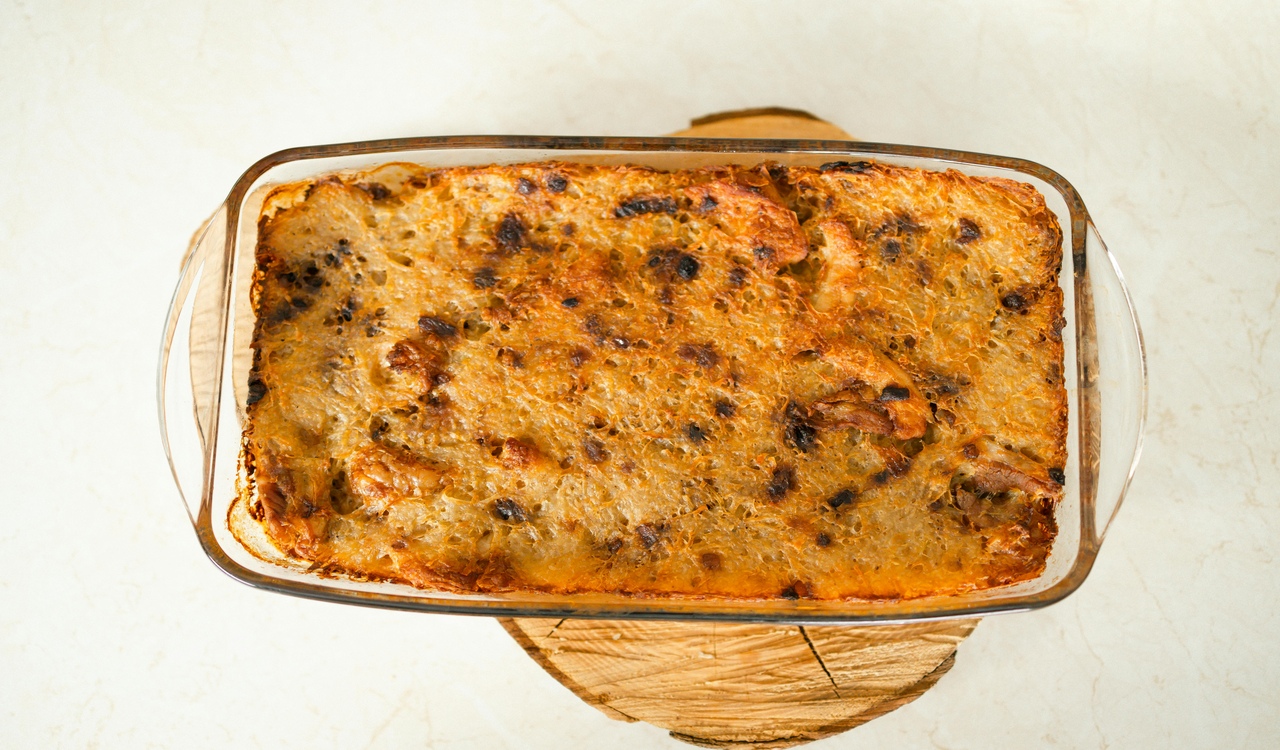
Tuna casserole, with canned tuna, pasta, and mushroom soup, epitomized mid-century American comfort—not Irish tradition. It first took off in the Pacific Northwest and spread after World War II due to its affordability and simplicity. Despite occasional comebacks, modern tastes skew toward fresher, lighter fare, making this processed dish a nostalgic rarity rather than a family dinner staple.
3. Beef Wellington

Widely considered a luxury entrée in mid-century America, Beef Wellington—beef tenderloin wrapped in pastry with mushrooms and pâté—actually traces its roots to English cuisine, though it uses French culinary techniques. The dish gained popularity in American fine dining during the 1950s and 1960s, but its complexity means you’re unlikely to find it in most modern home kitchens.
4. Spam
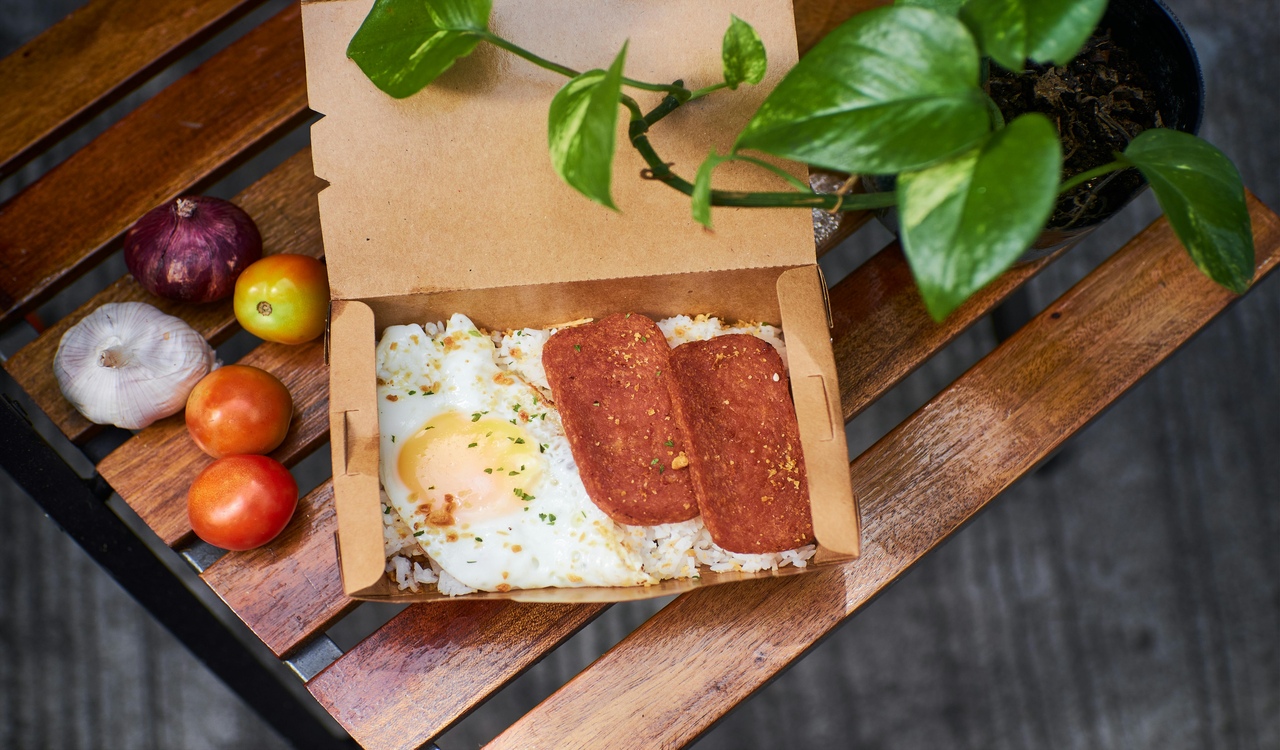
Spam was a common pantry item for many Baby Boomers, especially during the post-World War II era. It represented convenience and value, providing for that quick protein fix in a down economy. Spam was popular in a thousand and one dishes, from sandwiches to casseroles. Yet, like so many efficiency or processed food products, Spam has primarily gone the way of the dodo in recent years as cleaner, fresher meats and natural items have taken hold. The image of a high-sodium, chemically preserved processed food has certainly not done it any favors when it comes to being in the good graces of many people.
5. TV Dinners
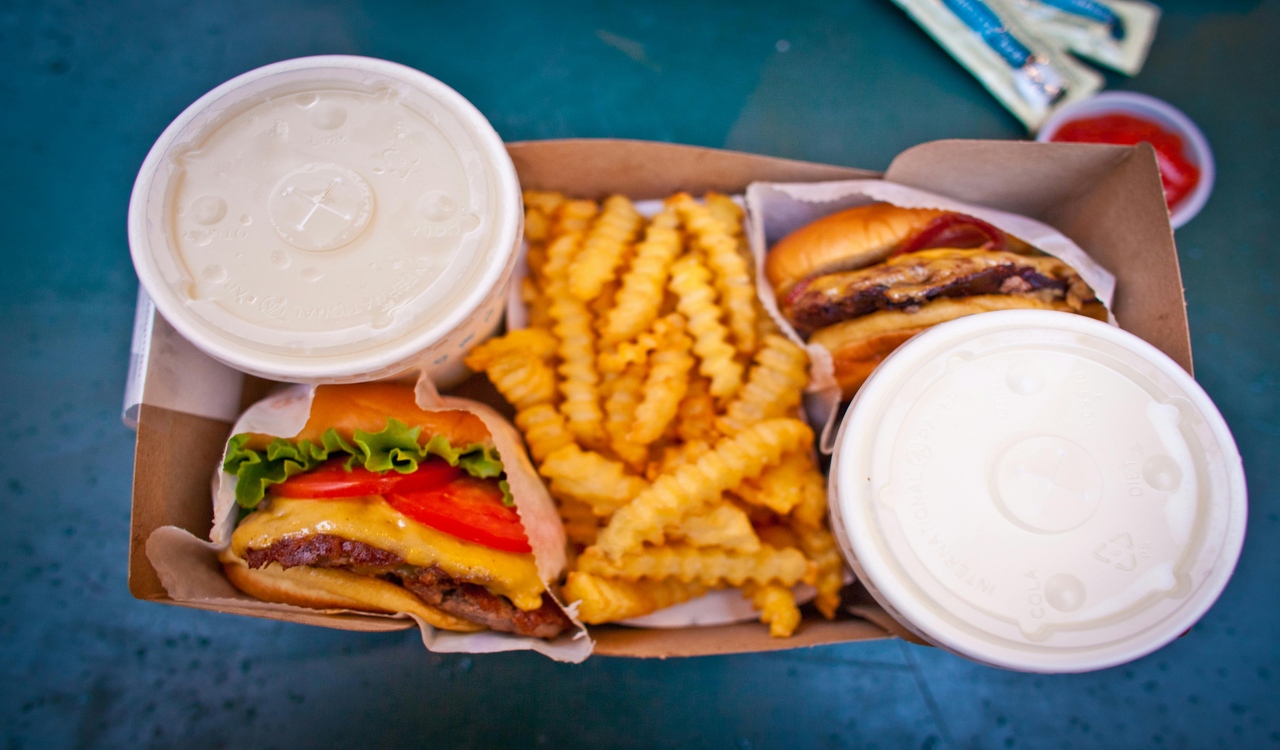
In the 1950s and ’60s, TV dinners were a cultural godsend during busy times. TV dinners, a tray divided into compartments with food representing entrees, side dishes, and dessert, presented the idea of convenience and marked the onslaught of advertising for meals to time-strapped families. But with the increased demand for frozen meals that are healthier and contain fresh ingredients, TV dinners have since become obsolete. While they are still found in some stores, they are no more than a cupboard filler.
6. Chop Suey

Chop Suey, one of the earliest known American Chinese dishes, was a culinary darling of many a Baby Boomer during the following decades. It is usually made of stir-fried vegetables, meats (from time to time chicken or pork), and a delectable sauce, all served with rice-a staple in countless American-Chinese restaurants and an easy pick for a family meal. But as people began to appreciate their palates for authentic Chinese foods, they left chop suey behind in a bygone era, along with American food tastes. Eventually, the increasing availability of more contemporary Chinese food choices, including General Tso’s chicken and Kung Pao chicken, caused the decline of chow mein.
7. Swanson’s Frozen Turkey TV Dinner
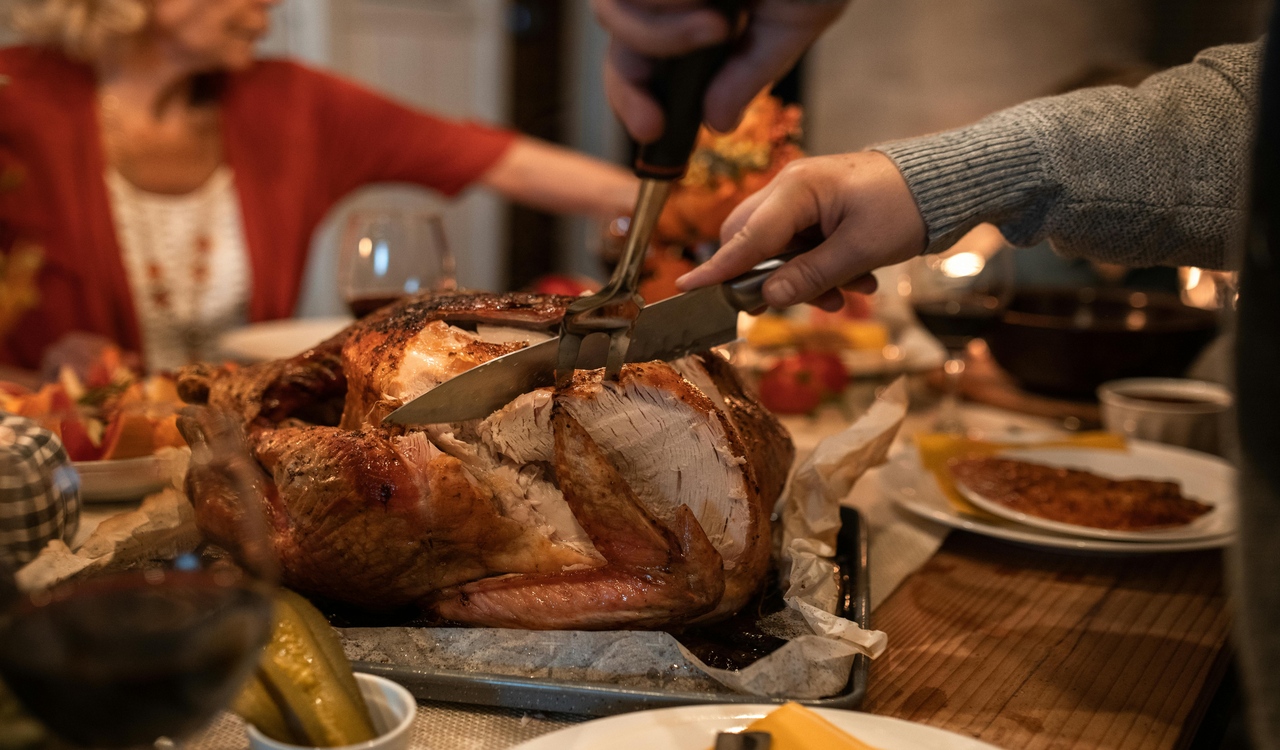
In fact, Swanson’s turkey TV dinner featuring turkey, mashed potatoes, gravy, and a slice of pumpkin pie was an icon of the 1960s and 1970s. Those pre-prepared meals were such a convenience for many, particularly at Thanksgiving, when preparing an entire roasted turkey dinner was just too much work. While we can still find some of those frozen meals, the image of Swanson’s turkey TV dinner has primarily become a thing of the past. Consumers now want fresher, healthier options and no longer favor pre-packaged meals when considering holiday celebrations or regular meals.
8. Cottage Cheese with Pineapple
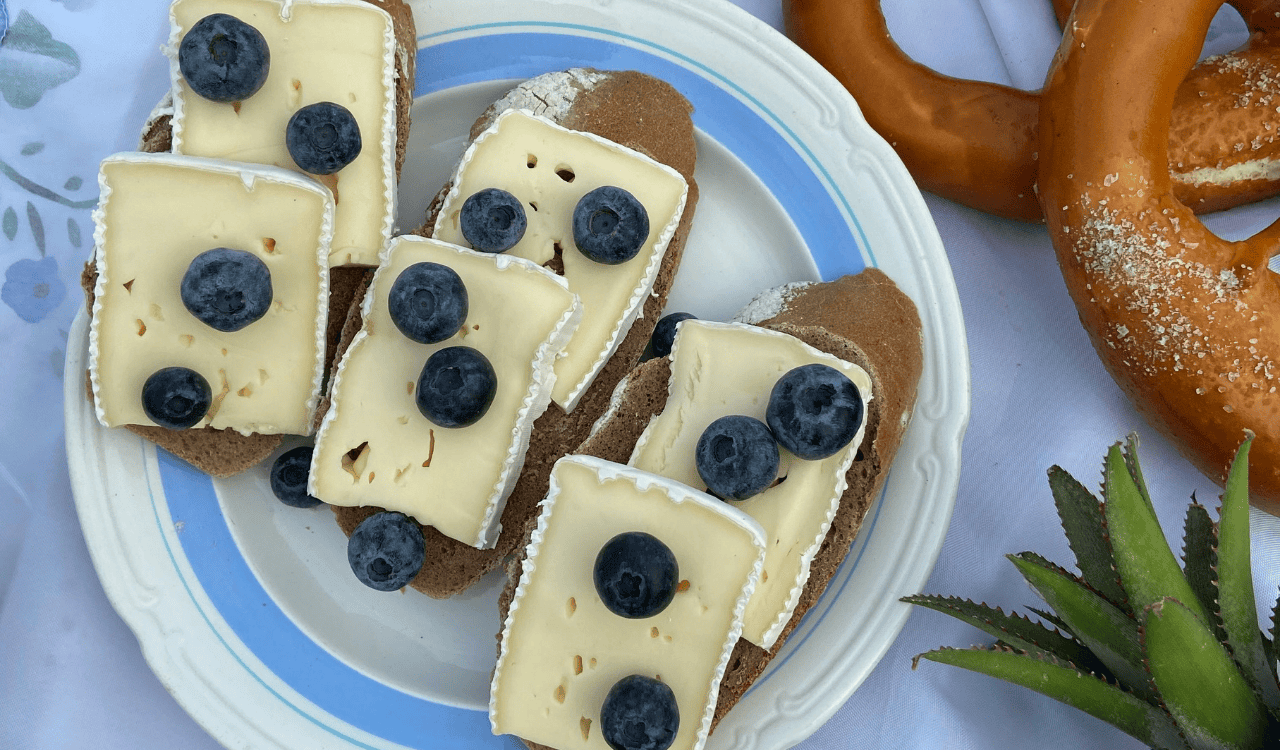
During the 1950s and 1960s, cottage cheese with pineapple was quite popular as a hearty snack-an easy snack or simple breakfast with that combo alone. For example, the soft, cold consistency of cottage cheese blended perfectly with the sugary bite of pineapple. Although cottage cheese is still a mainstay in many American diets, and some people swear by the combination of cottage cheese and fruit, once prized for its dietary balance, more and more Americans are eschewing this pairing as an outdated preference associated with simpler times. Now, cottage cheese is typically paired with savory items or eaten as a high-protein snack.
9. Liver and Onions
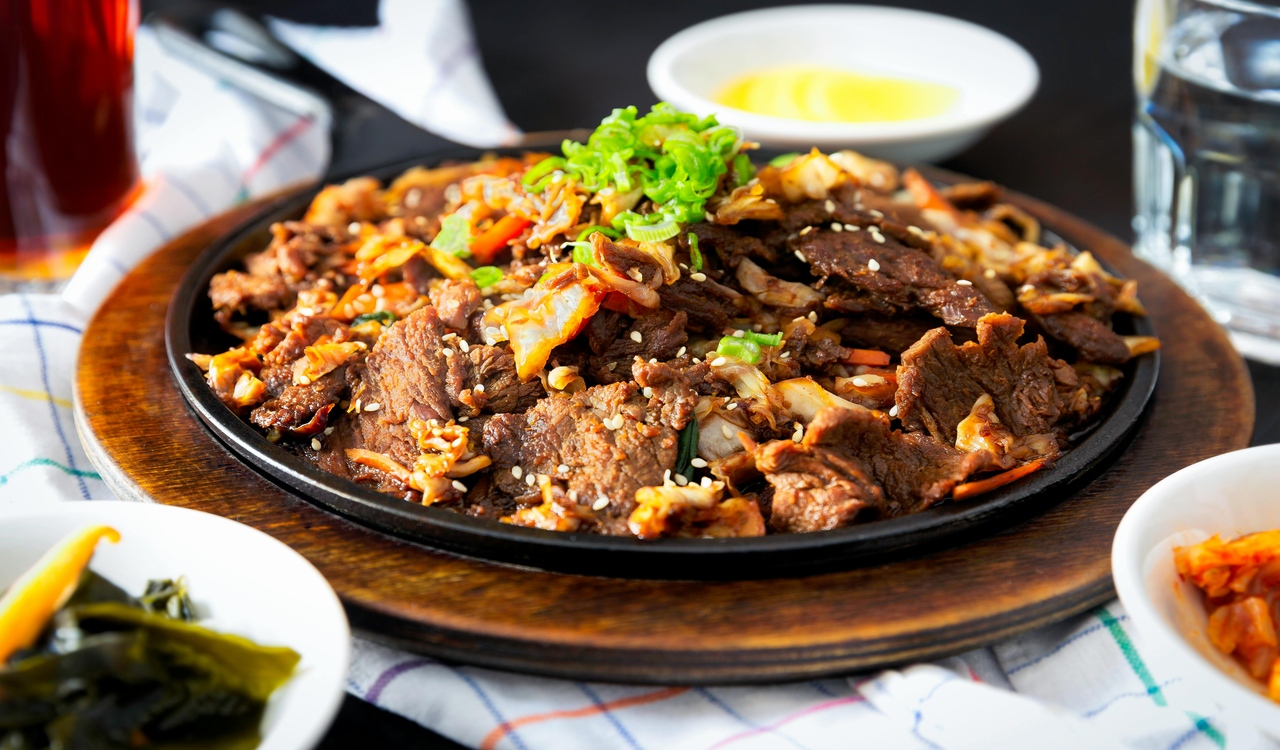
Gone are the days when liver and onions were an all-too-common dinner table staple for Baby Boomers, as a meal that is both filling and good for you. This usually consisted of sautéed beef or chicken liver with onions and mashed potatoes or rice. For many decades, liver has been considered a superfood. A third of all vitamins and minerals are present in high concentration in liver tissue, plus lots of iron. However, as American palates moved increasingly away from strong, liver flavors became a thing of the past. A foreign meat with bold flavor and chewy texture, what was once a staple in American households is now consumed by few.
10. Ambrosia Salad
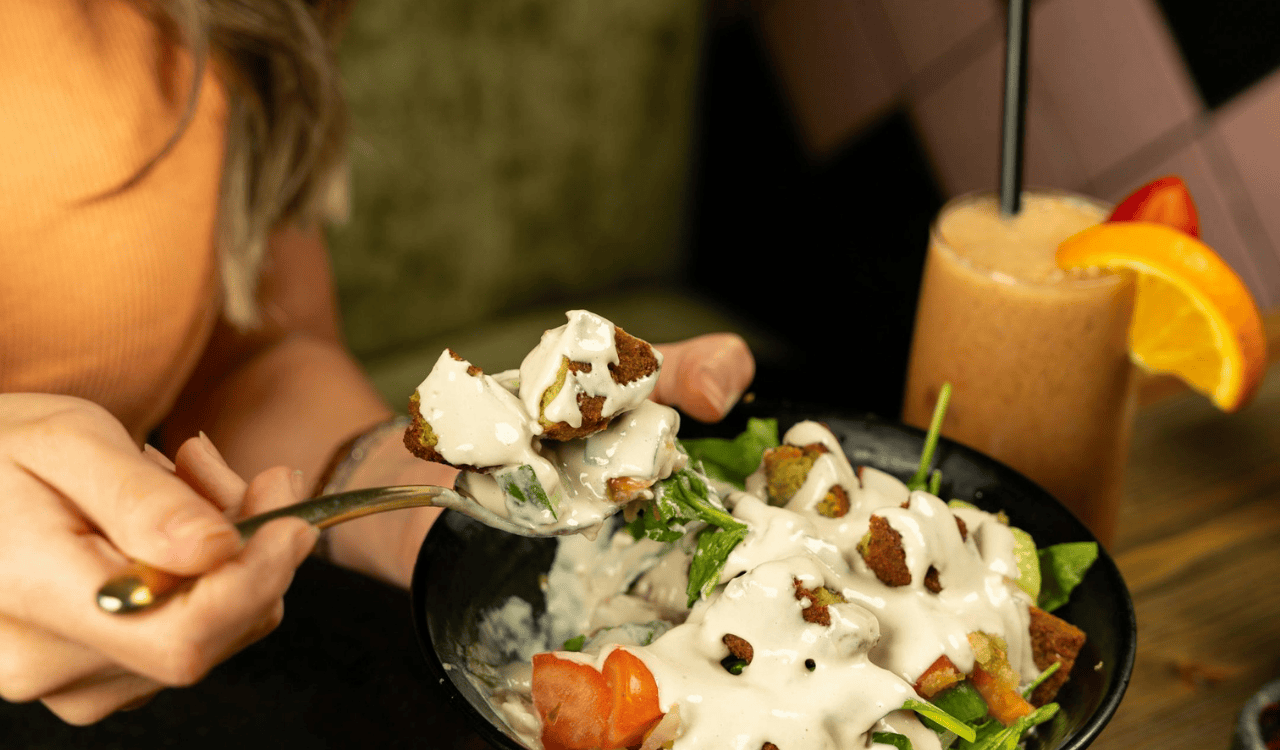
Baby Boomer family gatherings always featured the sweet and creamy ambrosia salad that boasted marshmallows, canned fruit, coconut, and whipped cream. The famously colorful and sugary dish is typically served at holidays or potlucks. But as tastes have shifted towards more fresh and less sweet treats over time, ambrosia has become scarce. Ambrosia salad began losing favor as it became apparent that canned fruit and marshmallows were not wholesome ingredients, given current cooking standards.



